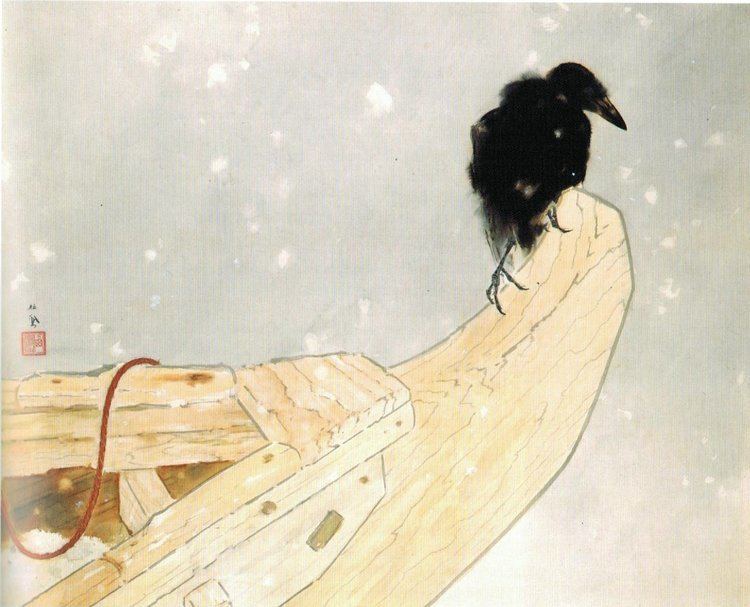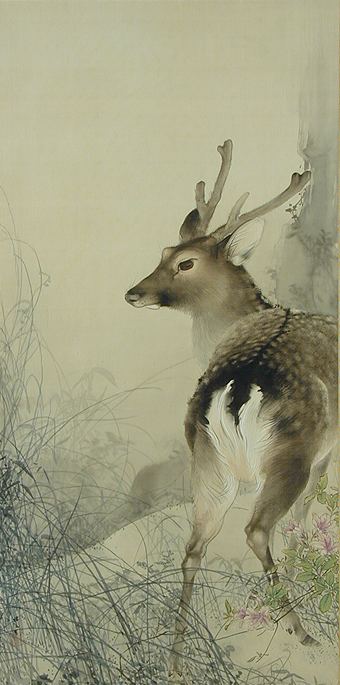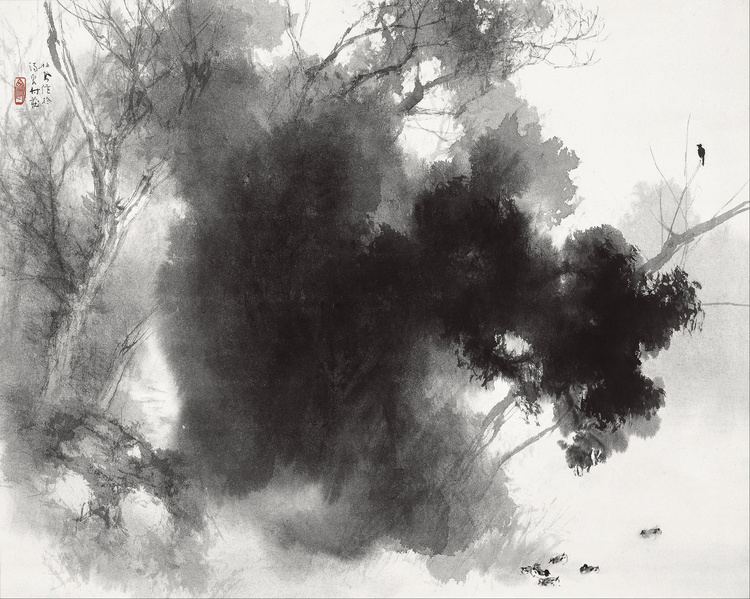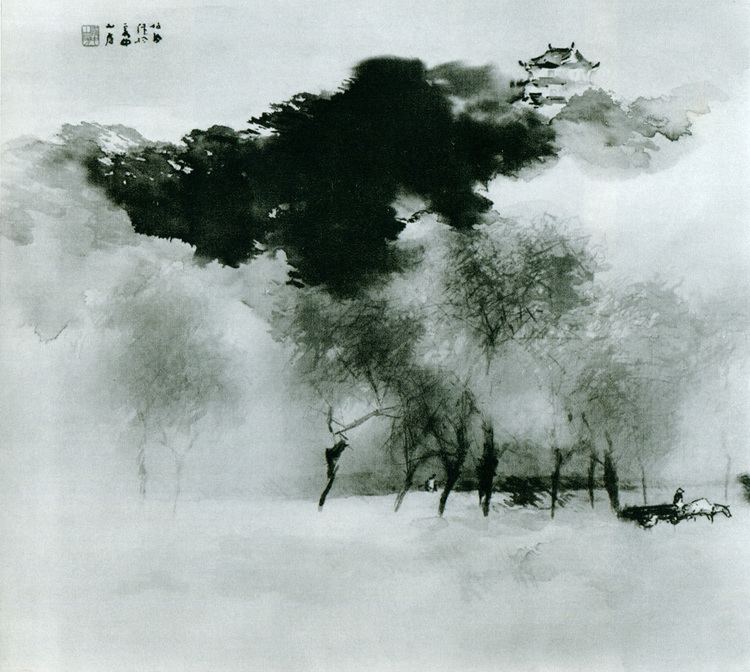Name Takeuchi Seiho | Known for Painter | |
 | ||
Full Name Takeuchi Tsunekichi Died August 23, 1942(1942-08-23) (aged 77) | ||
Takeuchi seih watercolour moho debut animation test
Takeuchi Seihō (竹内 栖鳳, December 20, 1864 – August 23, 1942) was the pseudonym of a Japanese painter of the nihonga genre, active from the Meiji through the early Shōwa period. One of the founders of nihonga, his works spanned half a century and he was regarded as master of the prewar Kyoto circle of painters. His real name was Takeuchi Tsunekichi.
Contents
- Takeuchi seih watercolour moho debut animation test
- Hamby dappled cat takeuchi seih japanese style painting
- Biography
- Important works
- Notable pupils
- References

Hamby dappled cat takeuchi seih japanese style painting
Biography

Seihō was born in Kyoto. As a child, he loved to draw and wanted to become an artist. He was a disciple of Kōno Bairei of the Maruyama-Shijō school of traditional painting. In 1882, two of his works received awards at the Naikoku Kaiga Kyoshinkai (Domestic Painting Competition), one of the first modern painting competitions in Japan, which launched him on his career.

During the Exposition Universelle in Paris (1900), he toured Europe, where he studied Western art. After returning to Japan he established a unique style, combining the realist techniques of the traditional Japanese Maruyama–Shijo school with Western forms of realism borrowed from the techniques of Turner and Corot. This subsequently became one of the principal styles of modern Nihonga. His favorite subjects were animals -often in amusing poses, such as a monkey riding on a horse. He was also noted for his landscapes.

From the start of the Bunten exhibitions in 1907, Seihō served on the judging committee. In 1909 he became a professor at the Kyoto Municipal College of Painting (the forerunner to the Kyoto City University of Arts). Seihō also established his own private school, the Chikujokai. Many of his students later went on to establish themselves as noted artists, including Tokuoka Shinsen and Uemura Shōen.

In 1913, Seihō was appointed as an Imperial Household Artist, and in 1919 was nominated to the Imperial Fine Arts Academy (Teikoku Bijutsuin). He was one of the first persons to be awarded the Order of Culture when it was established in 1937.

He initially used the characters 棲鳳 for the first name of his pseudonym, and this name was possibly pronounced as Saihō.
Important works
Due to his travels in Europe, he was exposed to a number of western styles and ideas. Visiting Dresden Zoo, he was able to see a lion for the first time and painted it for one of his screens. Another work were two panels of elephants. Later in his life he returned to more traditional Japanese motifs and painted smaller animals such as cats and fish.
